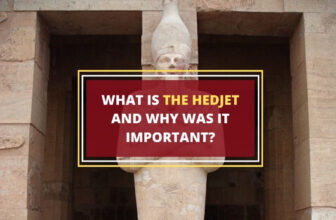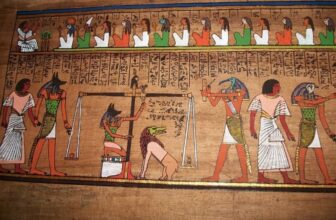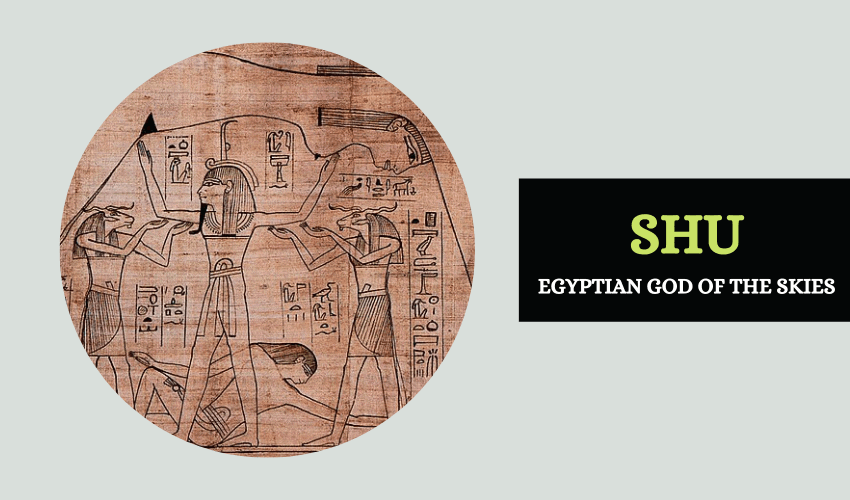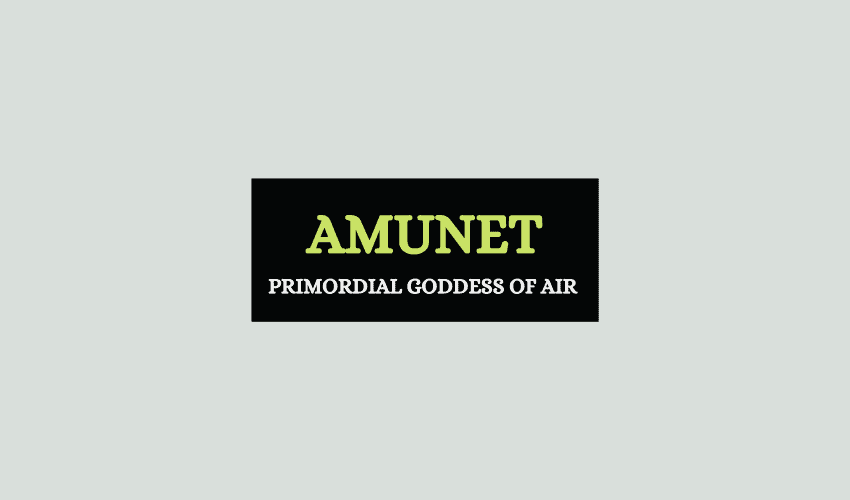
Table of Contents
In Egyptian mythology, Amunet was a primordial goddess. She preceded the great gods and goddesses of Egypt and had connections with the creator god Amun. Her figure was important in every major settlement in Egypt, including Thebes, Hermopolis, and Luxor. Here’s a closer look.
Who was Amunet?
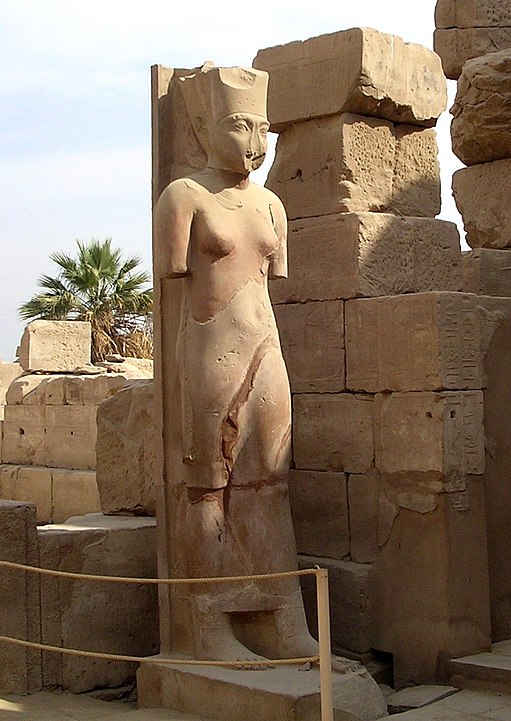
In ancient Egypt, there was a group of eight main deities known as the Ogdoad. People worshipped them as the deities of chaos in Hermopolis, a major city during most of Pharaonic times. They consisted of four male and female couples, represented during the Late Period by frogs (male) and serpents (female). Each couple symbolized different functions and attributes. Although there have been attempts to designate a clear ontological concept to each of the pairs, these are not consistent and are yet poorly understood.
At the beginning of their worship, the Ogdoad, and therefore Amunet, were not deities but principles that preceded the myths of creation. It was only later that these vital principles became embodied in gods and goddesses. One of the sacred pairs, that of Qerh and Qerhet, were later replaced by the ram god Amun and his female counterpart, Amunet.
Amunet was the goddess of the air, and people also associated her with invisibility, silence, and stillness. Her name in ancient Egyptian language stands for ‘the hidden one‘. Amunet was a goddess, a concept, and, as mentioned before, the female form of Amun.
In some texts found outside the city of Thebes, she was said to be the consort not of Amun but of the fertility god Min. After the Middle Kingdom, Amun also began to be associated with the goddess Mut, and Amunet was regarded as his consort solely in Thebes.
Depictions of Amunet
Just like the other female deities of the Ogdoad, Amunet’s depictions showed her as a snake-headed woman. In some portrayals, she appeared in the full form of a snake. In some other artworks and writings, she represents the air as a winged goddess. Other depictions showed her as a cow or frog-headed woman, with a hawk or ostrich feather over her head to symbolize her hieroglyph. In Hermopolis, where her cult was most important, she often appeared as a woman wearing the red crown of Lower Egypt.
Amunet in the Myths
The role of Amunet in the myths was connected with the deeds of Amun. Amun and Amunet were not considered figures in the development of Egyptian mythology at its dawn. However, Amun’s significance kept growing until he became a god associated with the myth of creation. In this sense, Amunet’s importance grew exponentially in connection with Amun.
Due to the meaning of her name (The Hidden One), Amunet became associated with death. People believed that she was the deity who received the dead at the gates of the Underworld. Her name appears in the pyramid texts, one of the most ancient written expressions of Ancient Egypt.
With Amun’s increasing popularity, Amunet became known as the mother of creation. The Egyptians believed that the tree, from which all life sprang, came out of Amunet. In this sense, she was one of the first deities to set foot on earth and was paramount at its beginning. Although some scholars believe she was a later invention in the myths, there are recollections of her name and role in the first events of Egyptian mythology.
While the Ogdoad was popular in Hermopolis and the surrounding settlements, Amunet and Amun received praise in all of Egypt. They were the main characters in some of the most widespread ancient Egyptian creation stories.
Symbolism of Amunet
Amunet represented the balance that the Egyptians so much valued. The male deity needed a female counterpart so that balance could exist. Amunet portrayed the same traits of Amun, but she did it from the feminine side.
Together, the duo represented the air and that which was hidden. As primordial gods, they also represented the power to overcome disorder and chaos, or to create order out of that chaos.
Worship of Amunet
While she was known in all of Egypt, Amunet’s central place of Worship, alongside Amun, was the city of Thebes. There, people worshipped the two deities for their significance in world affairs. In Thebes, people regarded Amunet as the protectress of the king. Therefore, Amunet had a leading role in the rituals of coronation and prosperity of the city.
Apart from this, several pharaohs offered gifts and statues to Amunet. The most famous was Tutankhamun, who erected a statue for her. In this depiction, she is shown wearing a dress and the red crown of Lower Egypt. Even today, the exact reasons why the pharaoh built that for her are not clear. There were also festivals and offerings to both Amunet and Amun in different eras and different regions of Egypt.
In Brief
Although Amunet might not be a figure as prominent as other goddesses of Ancient Egypt, her role as the mother of creation was central. Amunet was significant in the creation of the world and her worship spread. She was one of the primordial deities and, in Egyptian mythology, one of the first beings to roam the world.




